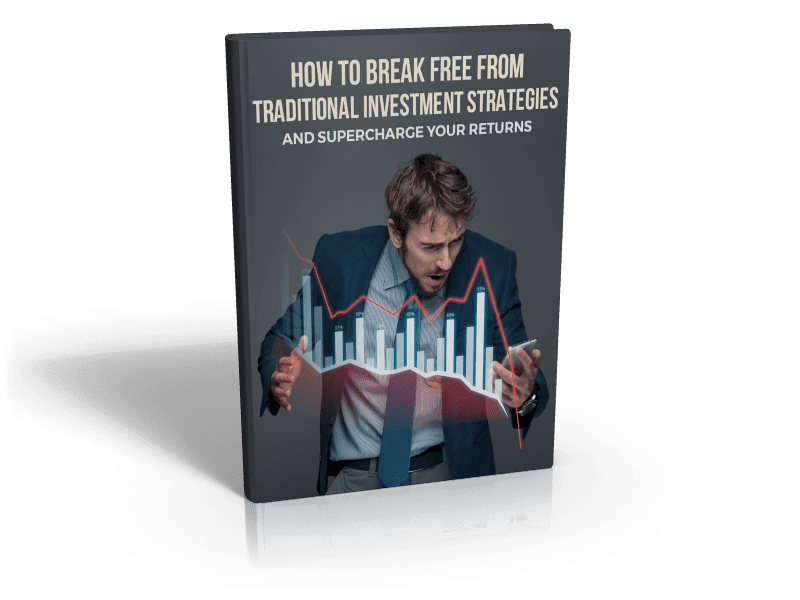When making any investment, those investing expect the value of the investment to increase over time.
What’s unique about apartment investing (compared to say, single-family rentals or homes) is that investors can deploy strategies to force an increase in property value by increasing Net Operating Income (NOI).
This is called “forced appreciation” and is very different than “market appreciation.”
Here’s an example to illustrate the difference:
In 2020, a group of investors purchased a 100-unit apartment building for $8.3 million. At the time of purchase, the property’s NOI (revenue minus expenses) was $500,000. The NOI divided by the purchase price reflected a 6% cap rate.
Market Appreciation Scenario
After two years, the property is unchanged. Rents and expenses are the same, so NOI is also the same. However, investor sentiment shifted upward. As more and more investors chase apartment deals, pricing is rising (and cap rates are falling).
Today, a broker believes the property would sell for a 5% cap rate (compared to 6% at purchase), which means the property is valued at $10 million (with $500,000 NOI).
Market appreciation increased the value of the property by $1.7 million (and the investors did nothing). Market sentiment, not property fundamentals, drove the price higher (and cap rates lower).
Forced Appreciation Scenario
Instead of maintaining status quo for two years, the ownership group invested $200,000 to improve curb appeal and security and replace the underperforming management team. As a result, rental rates increased by $150/unit/month – and, therefore, so did the NOI.
Here’s the math: 100 units X $150/month X 12 months = $180,000 increase in NOI. The new NOI is now $680,000.
Assuming a 6% cap rate (market sentiment unchanged since purchase), the value of the property is now $11.3 million (with $680,000 NOI).
Forced appreciation increased the value by $3 million (less $200,000 in investment) for a net increase of $2.8 million. By increasing the NOI, the investors proactively (or forcibly) increased the property value.
Market + Forced Appreciation Scenario (the best of both worlds)
Now, consider if market sentiment increased (and cap rates dropped to 5%). The value of the property climbs to $13.6 million.
A combination of forced appreciation and market appreciation increased the value by $5.3 million. Call that a “win-win”!
As investors, it’s important to be conservative and always assume that market sentiment will not increase (i.e. cap rates will be higher in the future). Using strategies to increase NOI and forcibly increase property value, increases the chance of a successful investment via forced appreciation, while also protecting downside risk if market appreciation does not occur.


